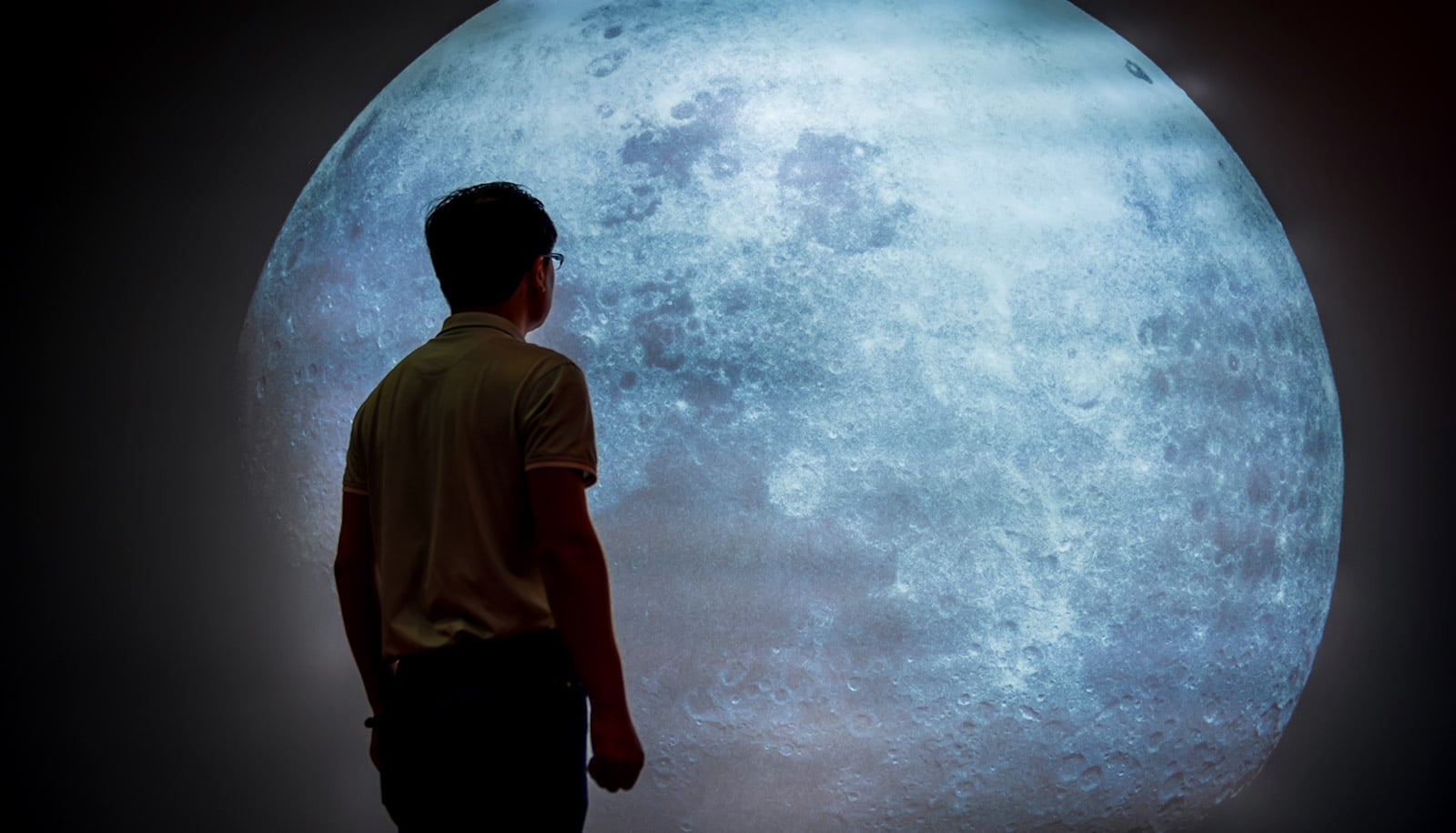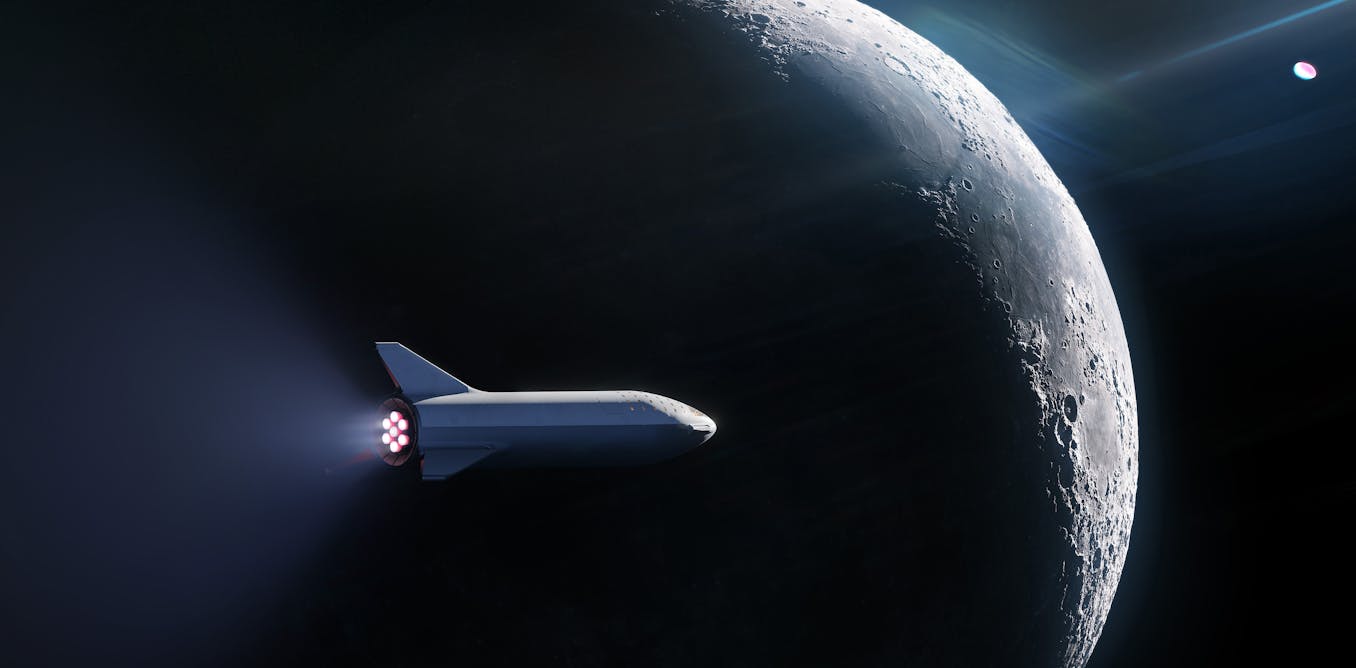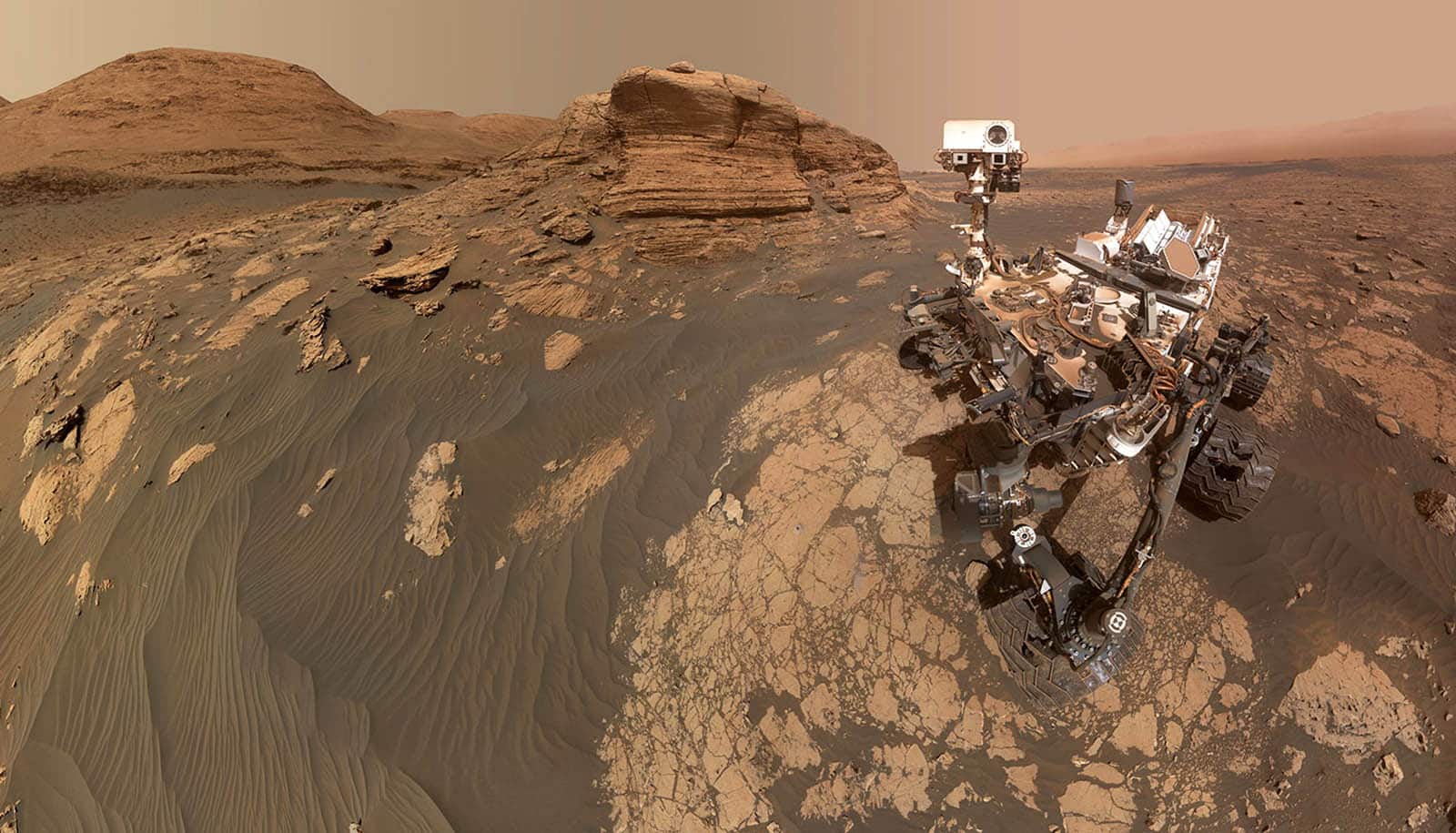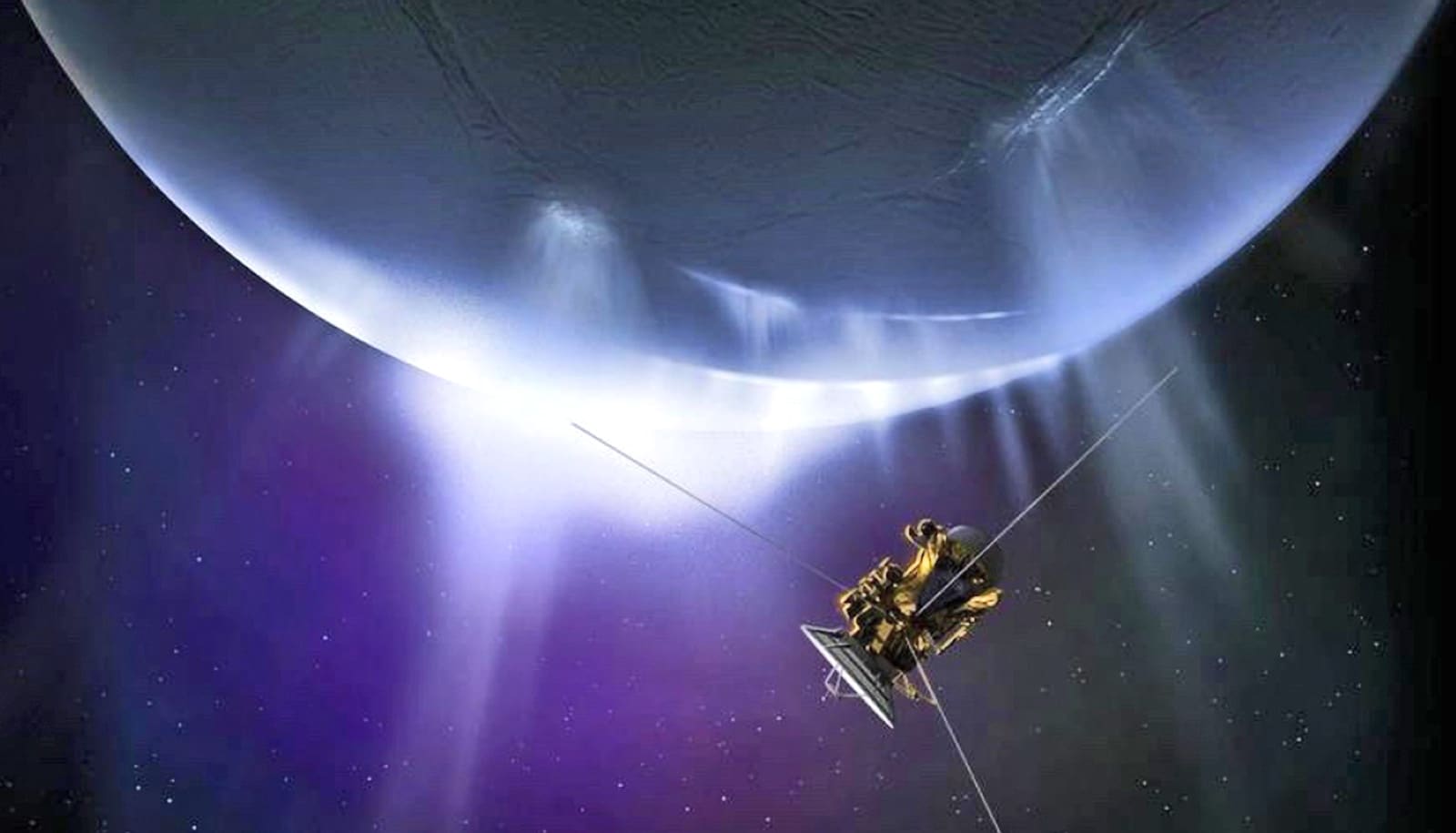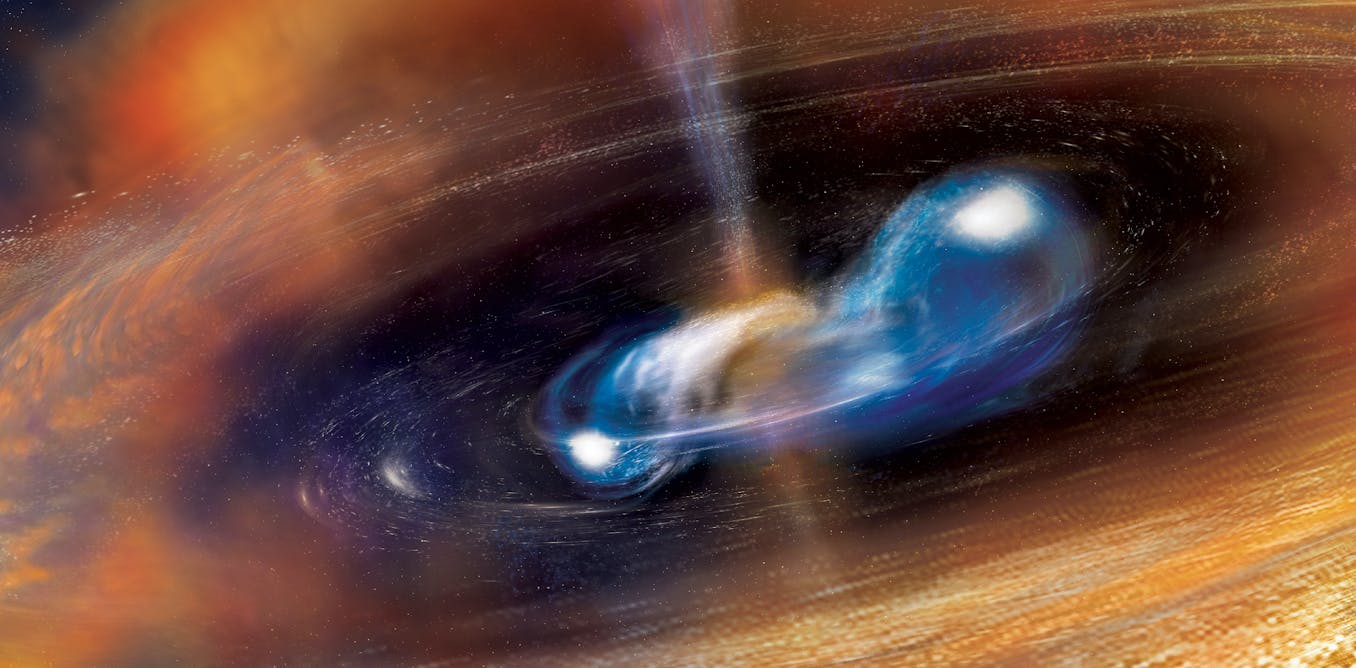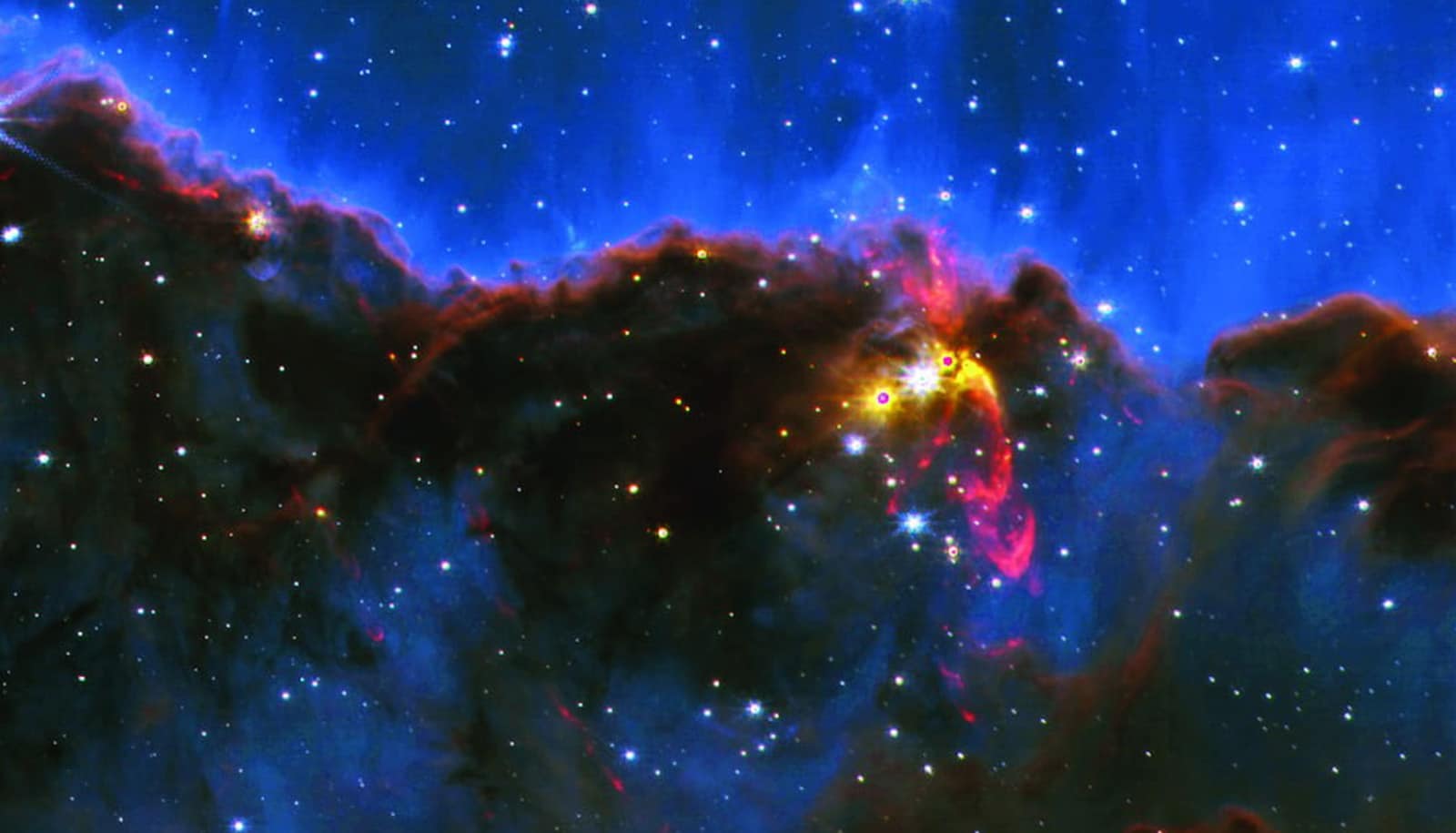Unusual, long-lasting gamma-ray burst challenges theories about these powerful cosmic explosions that make gold, uranium and other heavy metals
Gamma-ray bursts occur when a massive star explodes or when two neutron stars merge. A newly discovered burst has puzzled astronomers, as it lasted much longer than astronomers would have expected.
Simone Dichiara, Assistant Research Professor of Astrophysics, Penn State •
conversation
Dec. 21, 2022 • ~6 min
Dec. 21, 2022 • ~6 min
/
134


